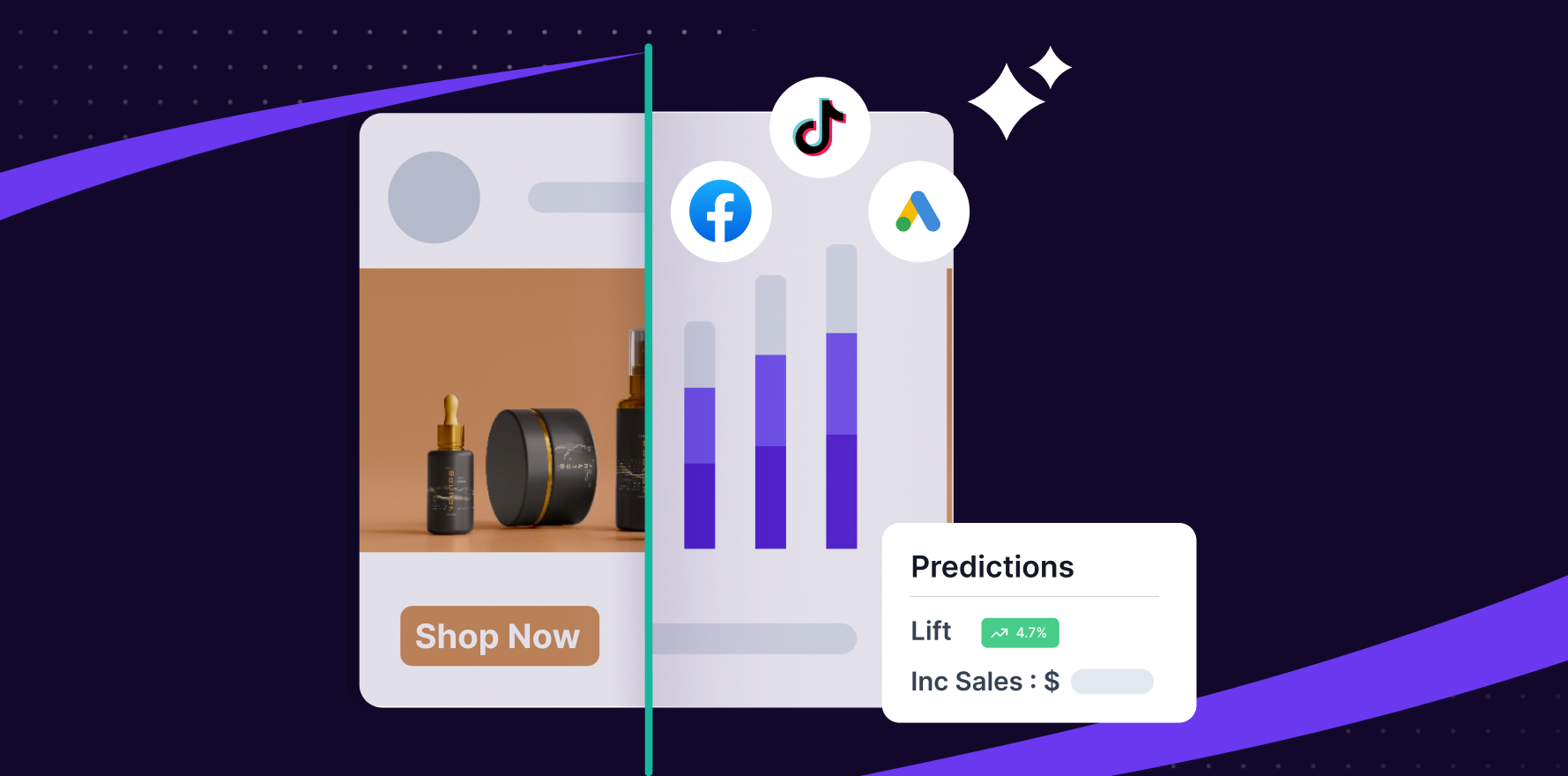What is Attribution Conversion Path Analysis?
Attribution Conversion Path Analysis is an advanced digital marketing strategy that identifies and assigns a value to every action, touchpoint, or event before the final conversion. It gives marketers the capability to track every step a customer takes from their first exposure to your brand or product up until they make a purchase. This method unveils the customer’s journey, highlighting their interactions through the sales funnel, be it via social media platforms, email marketing, SEO, PPC campaigns, or direct website visits, these can all be mapped as part of their conversion path.
Formula
Example
For instance, a customer may find your product via a blog post shared on social media, sign up for your newsletter, click on an email campaign link, and then ultimately purchase the product through the site. In this conversion journey, each touchpoint receives a value attributing to the conversion.
Why is Attribution Conversion Path Analysis important?
Attribution Conversion Path Analysis assists marketers in identifying where to allocate marketing resources for maximum ROI. By understanding which touchpoints contribute to conversions, marketers can invest more intelligently, optimize campaigns, and design more effective marketing strategies. It eliminates the guesswork, providing data-driven insights into what’s working and what’s not. This approach leads to cost-efficient methodologies and enhances customer experiences by offering what they genuinely need.
Which factors impact Attribution Conversion Path Analysis?
Improving Attribution Conversion Path Analysis involves refining marketing channels and strategies. Analyzing high-performing touchpoints and investing more on these can create profitable results. Secondly, giving attention to underperforming touchpoints for potential improvements or removing them if they aren’t contributing to conversions. Also, implementing different attribution models – such as single, multi-touch, or time decay models – can offer diverse perspectives on conversion paths.
How can Attribution Conversion Path Analysis be improved?
Several factors impact the reliability and effectiveness of Attribution Conversion Path Analysis. These include the type of attribution model used, the accuracy of data presented, the diversity of marketing channels and touchpoints, and the complexity of the buyer’s journey. In addition, a comprehensive understanding of the target audience and their decision-making processes is critical.
What is Attribution Conversion Path Analysis’s relationship with other metrics?
This method of analysis is deeply interconnected with other eCommerce metrics, like Customer Lifetime Value (CLV), Traffic Sources, Conversion Rates, and Bounce Rates. By understanding the paths leading to conversions, marketers can influence these metrics directly. For instance, creating compelling content can retain more website visitors, indirectly reducing bounce rates and improving conversion rates. In a nutshell, Attribution Conversion Path Analysis is not just a metric but a revolutionary tool that has changed the facet of digital marketing. It refines marketing efforts, contributes to sales growth, enhances ROI, and ultimately excels in delivering an unmatched customer experience.
Free essential resources for success
Discover more from Lifesight
















